Making History Come to Life
Ten months ago I was attending Photoshop World in Orlando, FL. It was the second time I had been to Photoshop World, but after the blast of Vegas the previous September there was no way I was going to miss the one that Spring. One morning in the instructors’ lounge Jay Maisel, someone who I knew of but had never met, was sitting at a table. I introduced myself and we started to talk. Afterward Jay went up to my Dad and said, “You have failed as a parent if you let your kid go into photography as a career.” He smiled and my Dad just laughed; that’s Jay!
Growing up I understood the challenges of photography and the affect travel had on a family. When your Dad is B. Moose Peterson it’s hard not to pick up on what’s going on or notice when he was gone. That’s one of the truths to photography, travel is an inevitable reality. It was also a good thing, as often my parents brought my brother and me out into the field with them to work with biologists and other photographers. This of course fueled my passion to work with wildlife in their natural habitat. Back in 2007 I was given my first chance to truly put what skills I had to good use; alongside my Dad, as we started working with the Collared Pika.
This amazing little critter, not much bigger than a tennis ball and just as bouncy, lives up in the mountains of Alaska where over the last fifty years the changing of the climate has forced an evolutionary change in the species. Working with a grad student, Hayley, and the head of the Mammalogy department from UAF, Dad and I chased these little guys around for days. Chased being a loose term here, for they live in talus slopes where the vegetation meets the rocks, once we found a burrow we basically sat and waited for one to come out. The Collared Pika is asocial, which means they don’t hibernate, so they spend their spring, summer and fall creating giant hay piles of grasses and shrubs in the rocks.
Due to the change in temperatures, the Collared Pika is moving up the slope in order to stay in the cool temperature range that they thrive in. Vegetation on the other hand is receding, so the critters have to move further and further away from their food source and winter survival nutrition. The evolutionary change was proven by Hayley, by comparing an early study done on all the known Collared Pika spots from Canada up to Alaska with a new study of the same locations, and what was found was that a bone in the skull of the mammal had gotten dramatically smaller. Fifty years is a very short time to make such a change.
The work Dad and I did was not only to benefit the Museum of the North, Hayley and those involved in the project but also to bring attention to a species that didn’t get much at the time. Photography was at the root of all of this.
We had the pleasure of working with Link Olson and another grad from UAF, Aren, on another project. Instead of chasing Pikas, we went after another local Alaska inhabitant, the Alaskan Marmot.
In 2010 we went to the Northern edge of the Brooks Range, Alaska to find what was just discovered as a “new” species. The Alaskan Marmot had for years been mistaken as a Hoary Marmot due to similarities in appearance. Genetics proved that they were different. Well it was also proven that they only live at a certain temperature range, if it’s too warm they go higher up the mountains where it’s cold enough to survive. Unfortunately they are at the peak of those mountains, any further and they go into arctic tundra.
Now I had some relative idea of what my Dad did in order to photograph a species preserving its history, but when I got up there I learned a whole new lesson. These guys don’t exactly live in civilization, so we had to drive out of Fairbanks to a place where there was nobody. No cell, no wireless, nothing; we camped the whole time under an oil pipe line. That was the start.
For two days we sat in the rain, on a mountain side waiting for one of those little buggers to come out. We would get up, climb a 700ft vertical climb with 600’s on our shoulders, in the rain and then sit on a burrow. Two days we waited and nothing. Finally on the third day, the rain stopped and they came out. Apparently they also liked the sunshine. It was a great few hours working with a species that people six hours away knew nothing about.
Photography made all of this happen and continues to make more happen. It’s not just about the capturing of the moment but also about the connection it can make for others. No matter what road you go down or what field you are most passionate about, the photographs are there to light people up.
During my first couple of years of college when I decided to go down this arduous journey, my focus was set on wildlife photography, funny though how in such a short period of time that focus can change.
Now if someone had said to me during that time that I would be working with planes over 70 years old along with the people that flew them, I would’ve said they were crazy. That’s not the case today. Although one of the most common questions I get is, “How did I switch from wildlife to aviation?” the answer is I didn’t switch. My passion is still there for the critters, I am just preserving the history of the planes.
In 2009 I started playing with aircraft and the ride since has been unbelievable! One trip to the Reno Air Races sealed my fate with these planes. My Dad said at the beginning, “If you get hooked, it’s not my fault.” Well I did get hooked, and I still blame him. But it’s all good.
It isn’t so much the machines themselves, although the more you work with them the more beautiful they get, it’s the people behind the machines that are amazing. Every plane has a unique story and capturing that story along with the people involved is a whole new set of challenges that makes for one awesome adventure.
This past July I was working a new venue, Oshkosh, WI for one of the world’s largest Airshows. Every plane imaginable that can still fly is possible to end up there. The place is packed beyond belief. It goes for a whole week but even that’s not enough time to photograph a third of the planes there.
One couple I worked with, The Bergens, had a Stinson L-5 Sentinel, a rather common and unimpressive looking plane when you walk by, but the history is unbelievable.
The plane flew in World War II as an observation and ground attack plane. Three bazookas would be mounted under each wing for strafing runs on ground troops. Hard to imagine since this plane’s max speed is 145mph. It has two giant lights, one under each wing for search missions. Well this particular plane was part of the VMO-4 Squadron. They flew during the invasion of the island of Iwo Jima, and watched the battle from air as it happened on the land. Well if it isn’t amazing enough the plane survived, considering it had 11 bullet holes in one wing, but one of the pilots that flew the plane, a man named Tom, was at Oshkosh with his whole family, a fellow friend of the Bergens.
Tom is 89 years old, sharp as a tack, and still in charge. He was there with his plane, which he hadn’t seen in decades, and his family came out to support him. It was only fitting to do a photo shoot, with Tom’s blessing of course. This is the power of photography. Forty-two family members and a WWII veteran captured in time with the plane that Grandpa flew. No big studio production, no pre planning, just being there and talking with the people made history come to life yet again. For Tom it was a kick, and as I’m told the prints are hanging on his wall.
The next day we did what’s called an Air to Air shoot. Dad and I were in an A36 Bonanza shooting out of the plane as the L5 flew for us over Wisconsin.
The challenge of working with these planes lies not only behind the camera but also in the processing work afterward. Now I inherited the discipline to do nothing to my wildlife work in post, but that same rule doesn’t apply to aviation. With planes it’s all about bringing back that lost romance that surrounded aircraft. There was a time when flying was nothing but a dream. Kids would look up at the sky and wonder what was out there. Now everyone looks down at their phones to see what will happen next.
In order to bring back some of that romance, a lot of work has to be done in CS5 and Adobe Camera Raw, especially with static aircraft. If you’ve ever been to an airport, then you know it’s surrounded by houses, hangars, poles, telephone wires and a whole bunch of other junk. Not real attractive. Back in the heyday of these planes, that stuff wasn’t there. A lot of time goes into removing whatever is necessary and then really making the planes just jump out of the photograph!
It doesn’t really matter what the subject is, the goal is always to make it come to life. Whether it’s working with a B17G Flying Fortress with an escort of “little buddies,”
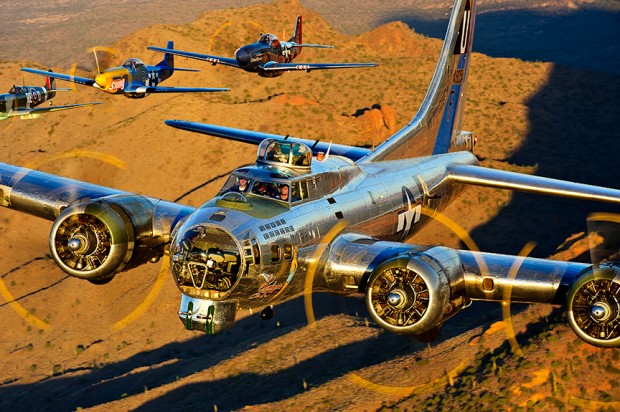
Or a rare trainer P-40 parked outside of its hangar waiting to fly again,
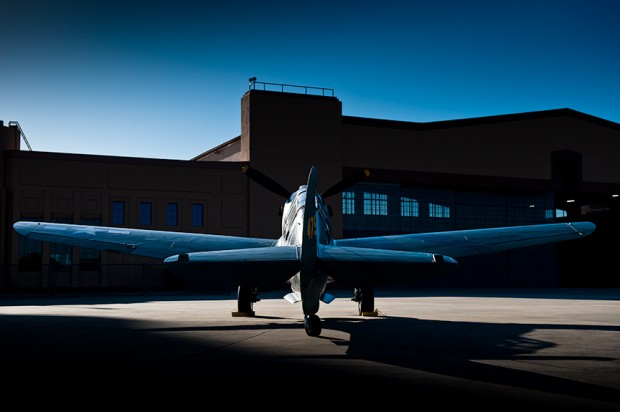
The challenge will always be to capture not only the moment but also to share it with others.
Even now, writing for Scott Kelby’s blog, it amazes me the power a camera can have and the good it can do for a community. For this is a community, and believe it or not the aviation world is an even smaller community than photography. Making anything happen is never a solo project and that goes for everything. Without the biologists there would have never been a request to go sit on a hillside and watch marmots. Without the Bergens, there wouldn’t have been a plane to do an air to air with, and with no plane, Tom wouldn’t have been there. It’s a team effort and no matter what else you learn in this business that’s one of the most essential things.
Despite the amount of time, the fun, and the great stories I have working with aircraft; the desire to be out shooting critters grows ever stronger. Looking over me in my office is this guy, Dusty.
This now nine year old male Grizzly Bear is a constant reminder of what lies out there waiting to be discovered. We photographed him back in 2008 at McNeil River Wildlife Sanctuary, Alaska. He didn’t do much except eat fish and sleep. It’s a tough life.
Writing this now only further inspires me to push harder in every aspect, as I hope it is an inspiration for those reading to push harder with your own passions. Following your passion never fails nor leads you down the wrong road. A hard road maybe, as is common for all photographers but never wrong. The stories along the way are ones that are cherished forever.
My thanks go out to those at NAPP for what they have done for the photographic community, and special Thanks to Scott for giving me this chance to share a bit of my passion.
You can see more of Jake’s work at JakePeterson.org, follow him on Google+ and Facebook.



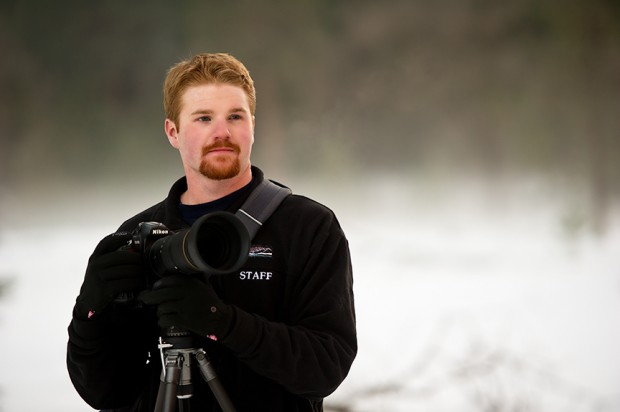
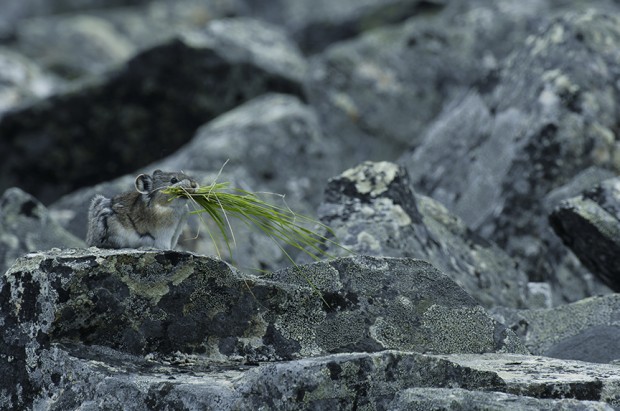
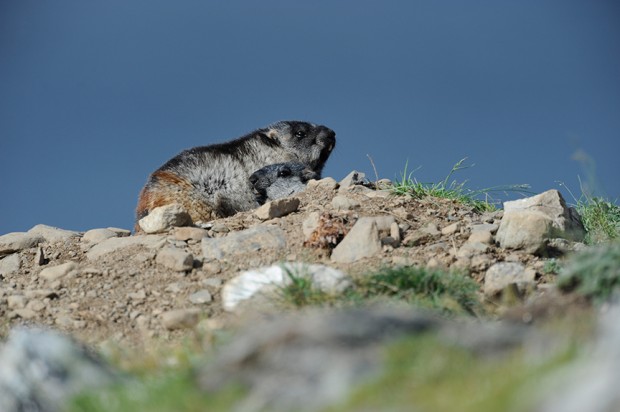
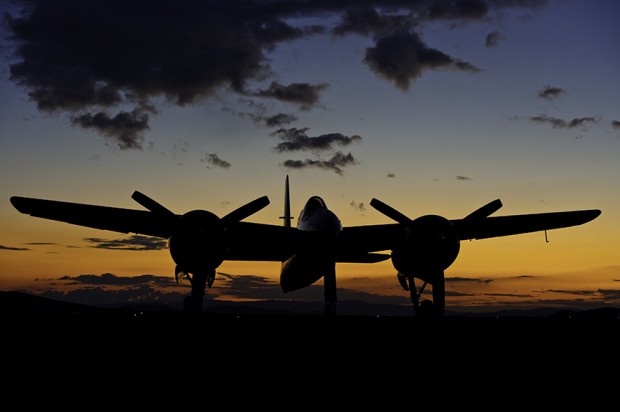
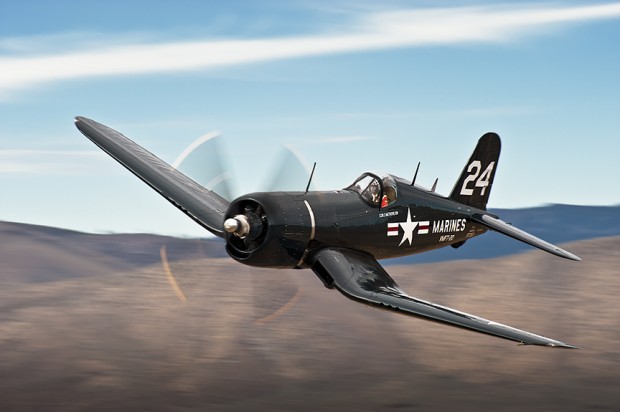
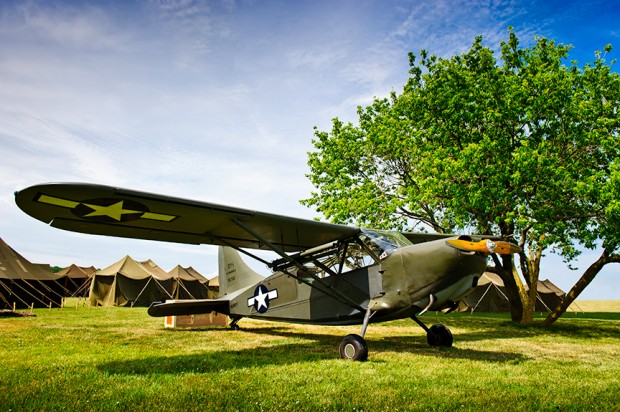
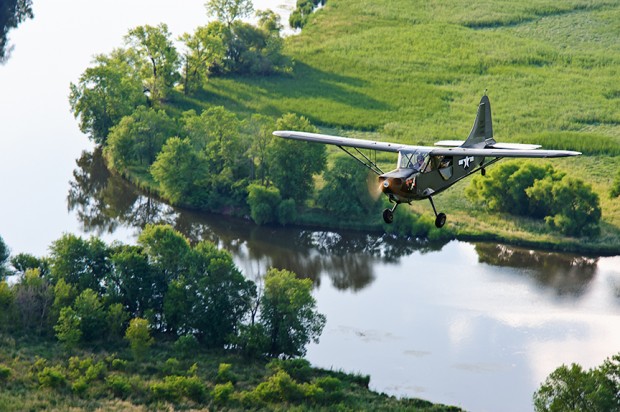
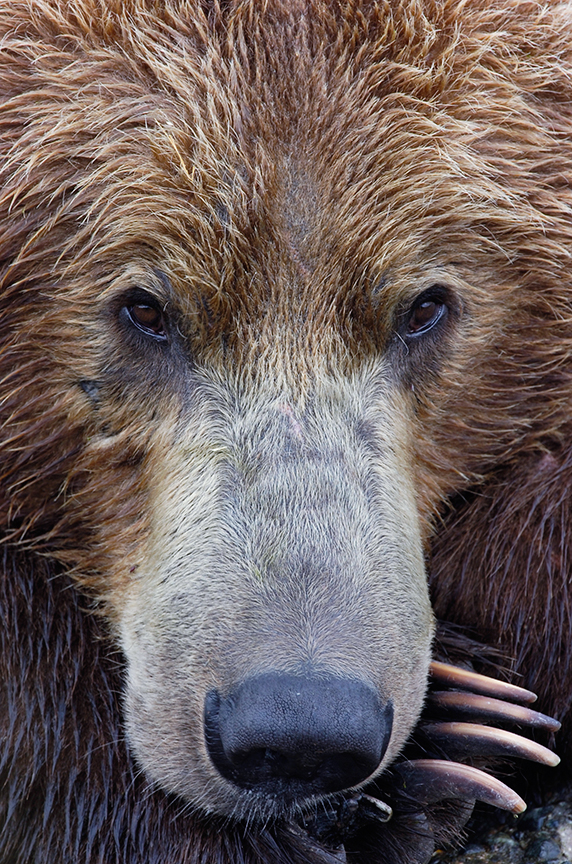


Awesome Jake, a chip off the ole block! Great blog and I love that bear shot (too close for me) :)
Thanks for the post Jake and I agree with Ken -that bear shot is amazing!
Btw, is it possible one of the images is missing in the text?
A great read.
Yes, seems one of the images is missing –
Now you got us curious!
Hi Jake, Great post and great shoots.
Awesome! I love your story and now I really am committed to the possible journey that photography brings to this life. Beautiful work. Keep at it.
Thanks so much for sharing Jak. I am so glad that your work is continuing to grow and challenge you in new ways. Look forward to see you again soon.
Great story Jake, passion drives you to do things who wouldn’t even contemplate otherwise!
You certainly don’t like easy subjects to photograph, wild life requires patience, endurance, commitment, knowledge and a lot of passion, otherwise you would not sit in the rain and cold for days on end!
For what regards flying small planes, the only time I had to sit on one of those in order to take pictures of some land mark, I remember NOT having the time of my life, I couldn’t wait to get down!!
Great shots…hope you use a looong telephoto lens when photographing bears! :-)
It might look like that nature is going to adapt to climate change better then human will!!
All the best.
Great story and wonderful images. It is funny how ones original aims and aspirations change. I started as a freelance photographer working in News and Sports. Today I training computer software for the print industry while my photography taken a more personnel role.
Great Story Jake.
I can’t wait to meet you. Your dad has taught me so much. He is, indeed, a great inspiration to me, as is your story. I do plan on Photoshop World Vegas in the fall and I will do the Photo Safari with Moose & Joe. I really do hope to meet you then!
Mike
Nice post Jake, well written and informative. I, also love the shot of the grizzly, a wonderfully intimate image.
Thanks for sharing your thoughts and your passion.
It amazes Sharon & I all Jake has accomplished already in his 23yrs, hard to imagine what he’ll do with his talent and heart in the next 30. He is though a great example the power of photography to change lives when you SHARE that passion. Well done bud!
if any one is interested onone is having a huge sale:
http://www.ononesoftware.com/landing/2012/02/suite/?v=1&utm_campaign=Ste6_OwnA_0212&utm_medium=email&utm_source=27&utm_content=8/7/2011%2012:00:00%20AM
Great post – images are superb!
Nice post Jake – great read, great images & some worthy pieces of wisdom and inspiration as well.
Proud of you Jake, your not only an accomplished shooter, you’re a very fine young man as well, your great parents have every right to be very proud you!!!!!
Bill Fortney
Thank You to everyone that responded to my post. It’s of great comfort and joy to hear from those that enjoy my work. This is further motivation to go out and capture more stories worth telling. I look forward to seeing all those that will be at Photoshop World.
Dear Jake:
I have raced motorcycles, chased suspects who just robbed a 7-11 down the freeway at 3am at 100 MPH, done crime scene photography, yada yada yada. I have been “in love” with photography since high school B&W photo class. But you are going to document things that really matter! You will change peoples perceptions. When someone tells you it can’t be done, smile…and do it anyway!
Wow, the second last picture is really awesome with the hard contrasts. Great stuff!